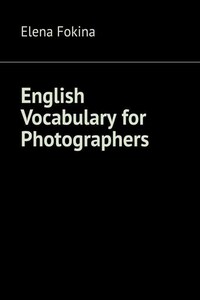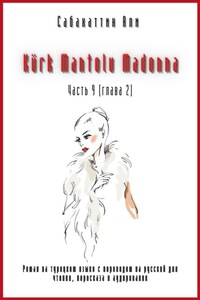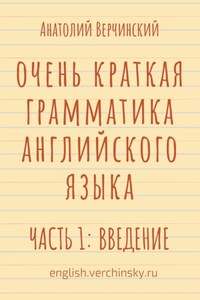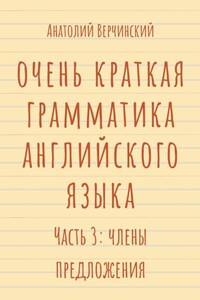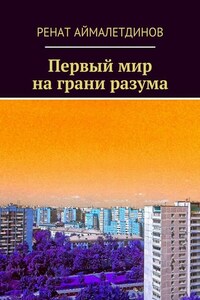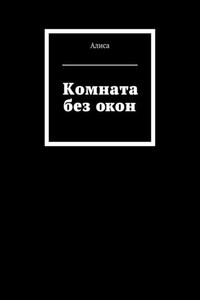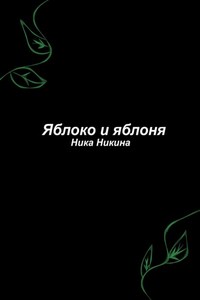Aperture is the size of the opening in the lens. Think of the lens as a window large windows let in more light, while small windows let in less light. A wide open aperture will let more light into the image for a brighter photo, while a smaller aperture lets in less light.
Aperture is measured in f-stops; a small f-stop like f/1.8 is a wide opening, a large f-stop like f/22 is a very narrow one. Aperture is one of three camera settings that determine an image’s exposure, or how light or dark it is.
Aperture also affects how much of the image is in focus wide apertures result in that creamy, unfocused background while narrow apertures keep more of the image sharp.
relative aperture – а) светосила; б) относительное отверстие
Словосочетания:
to apply aperture compensation – корректировать апертурное искажение
aperture correction – апертурная коррекция
aperture mask – теневая маска
ACCENT LIGHT – точечный акцентирующий свет; направленное освещение; акцентирующий свет. Направленный свет дает на объекте резко выраженные света, тени и в некоторых случаях блики.
The directional lighting, the task of which is to highlight details or the whole object to attract the attention to them.
AL SERVO or CONTINUOUS FOCUS – непрерывный фокус, следящий
AI-Servo tracks focus on moving subjects so as your subject moves closer or moves further away your camera constantly updates focus to keep the subject as sharp as possible.
До тех пор, пока кнопка спуска находится в полунажатии, автофокус непрерывно работает, тем самым удерживая объект в зоне резкости.
ASPECT RATIO – понятие в фотографии, характеризующее формат изображения. Соотноше́ние сторо́н экра́на или Отноше́ние ширины́ ка́дра к высоте́.
If you’ve ever printed images before, you’ve probably noticed that an 8 x 10 usually crops from the original image. That’s due to aspect ratio. Aspect ratio is simply the ratio of the height to width. An 8 x 10 has an equal aspect ratio to a 4 x 5, but a 4 x 7 image is a bit wider.
You can change the aspect ratio in your camera if you know how you’d like to print your image, or you can crop your photo when you edit it to the right ratio.
BACKGROUND LIGHT – фоновый свет
A background light is used to illuminate the background area of a set. The background light will also provide separation between the subject and the background.
Фоновый свет используется для подсветки фоновой области набора. Фоновый свет также обеспечивает разделение между объектом и фоном.
BARN DOORS – шторки. Приспособление, которое крепится к рефлектору и помогает контролировать распространение света.
Barn doors are light modifiers that shape and direct light. They are flexible to use and can create focused light. They also make a variety of shapes.
BOKEH – боке, размытость, нечеткость.
Bokeh is the orbs created when lights are out of focus in an image. It’s a neat effect to have in the background of a photo, created through wide apertures.
BURST MODE – режим серийной съемки
You can take photos one at a time. Or, you can turn the burst mode on and the camera will continue snapping photos as long as you hold the button down, or until the buffer is full (which is a fancy way of saying the camera can’t process any more).
Burst speeds differ based on what camera you own, some are faster than others. Just how fast is written in «fps» or frames (pictures) per second.
BUTTERFLY LIGHTING – освещение «бабочка»
It is a portrait lighting pattern where the key light is placed above and directly centered with a subject’s face. This creates a shadow under the nose that resembles a butterfly.
Вариант фронтального освещения, при котором рисующий свет установлен перед объектом съемки и над ним. Иногда создает тень под носом в форме бабочки.
CONTRAST- контраст. Соотношение уровней яркости самого темного и самого светлого сегмента изображения. Картинка с большим перепадом яркости называется контрастной.
Contrast is a tool that photographers use to direct viewers’ attention to their subject. There are two types: Tonal Contrast and Color Contrast. Tonal Contrast refers to the difference in tones from the lightest tone to the darkest tone, in other words, the difference in tones from white to gray to black.
Color Contrast refers to the way colors interact with each other.
DEPTH OF FIELD – глубина резкости пространственного изображения; объёмность поля зрения
It’s the distance between the nearest and furthest elements in a scene that appear to be «acceptably sharp» in an image. Depth of field is a photography term that refers to how much of the image is in focus. The camera will focus on one distance, but there’s a range of distance in front and behind that point that stays sharp – that’s depth of field.
Portraits often have a soft, unfocused background – this is a shallow depth of field.
Это – расстояние вдоль оптической оси объектива между двумя плоскостями в пространстве предметов, в пределах которого объекты отображаются в сопряжённой фокальной плоскости субъективно резко.
На портретах, как правило, задний фон мягкий, вне зоны резкости, что создает глубину кадра.
DIGITAL VS. OPTICAL – цифровой или оптический
Digital and optical are important terms to understand when shopping for a new camera. Digital means the effect is achieved through software, not physical parts of the camera. Optical is always better than digital. These terms are usually used when referring to zoom (on a compact camera) as well as image stabilization.
DIFFUSION REFLECTOR – рассеиватель, рассеивающий рефлектор
It is the way to reflect the light or other waves or particles from a surface such that a ray incident on the surface is scattered at many angles rather than at just one angle as in the case of specular reflection.
